
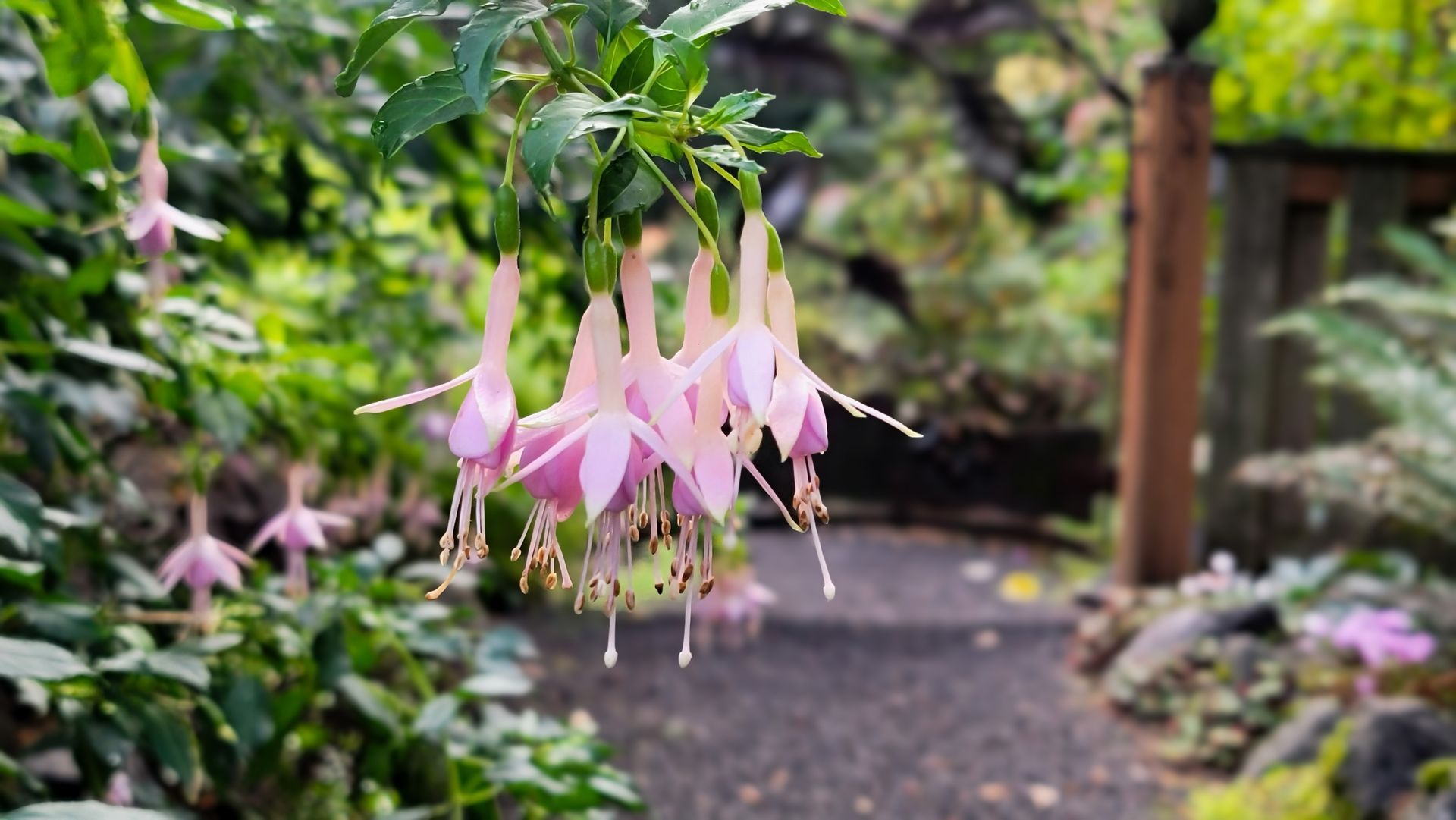
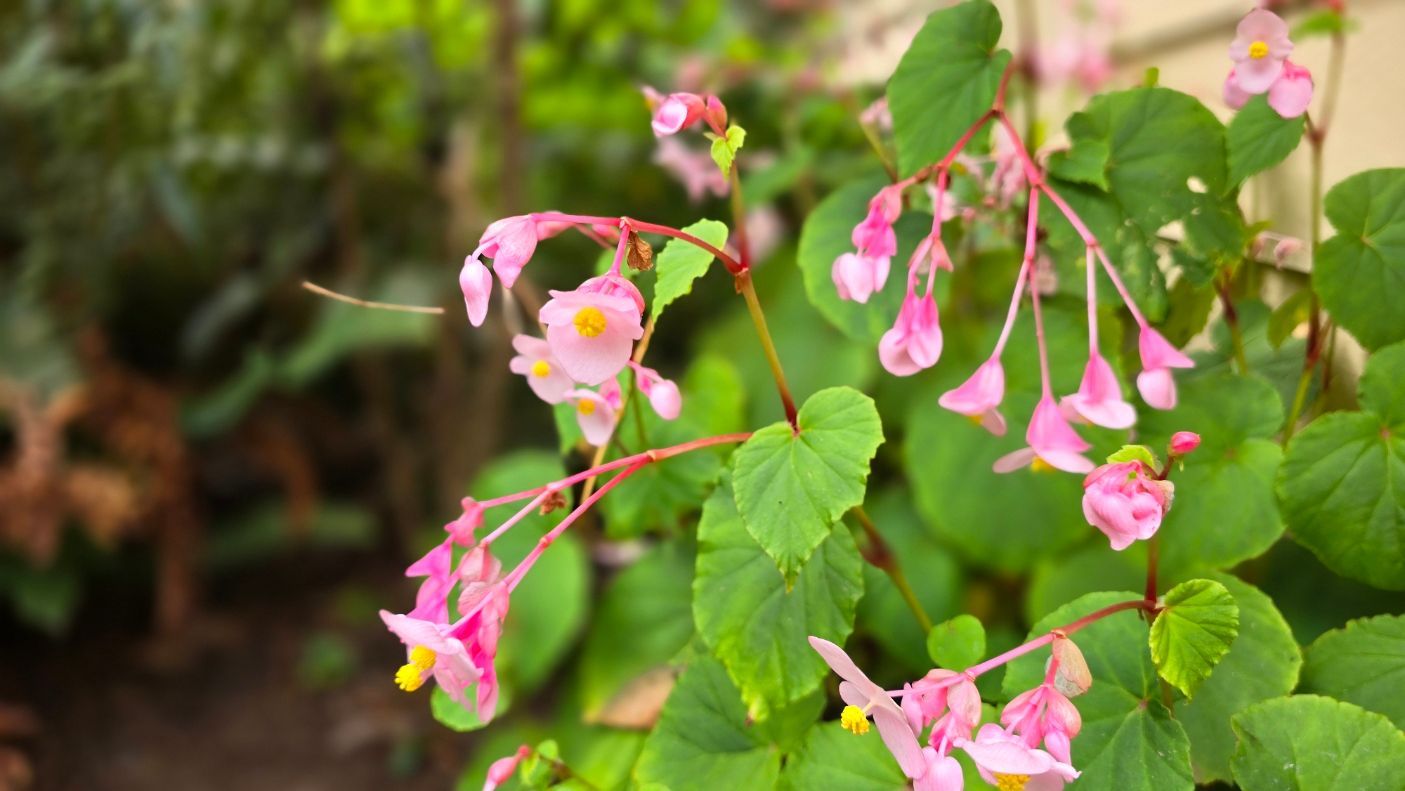
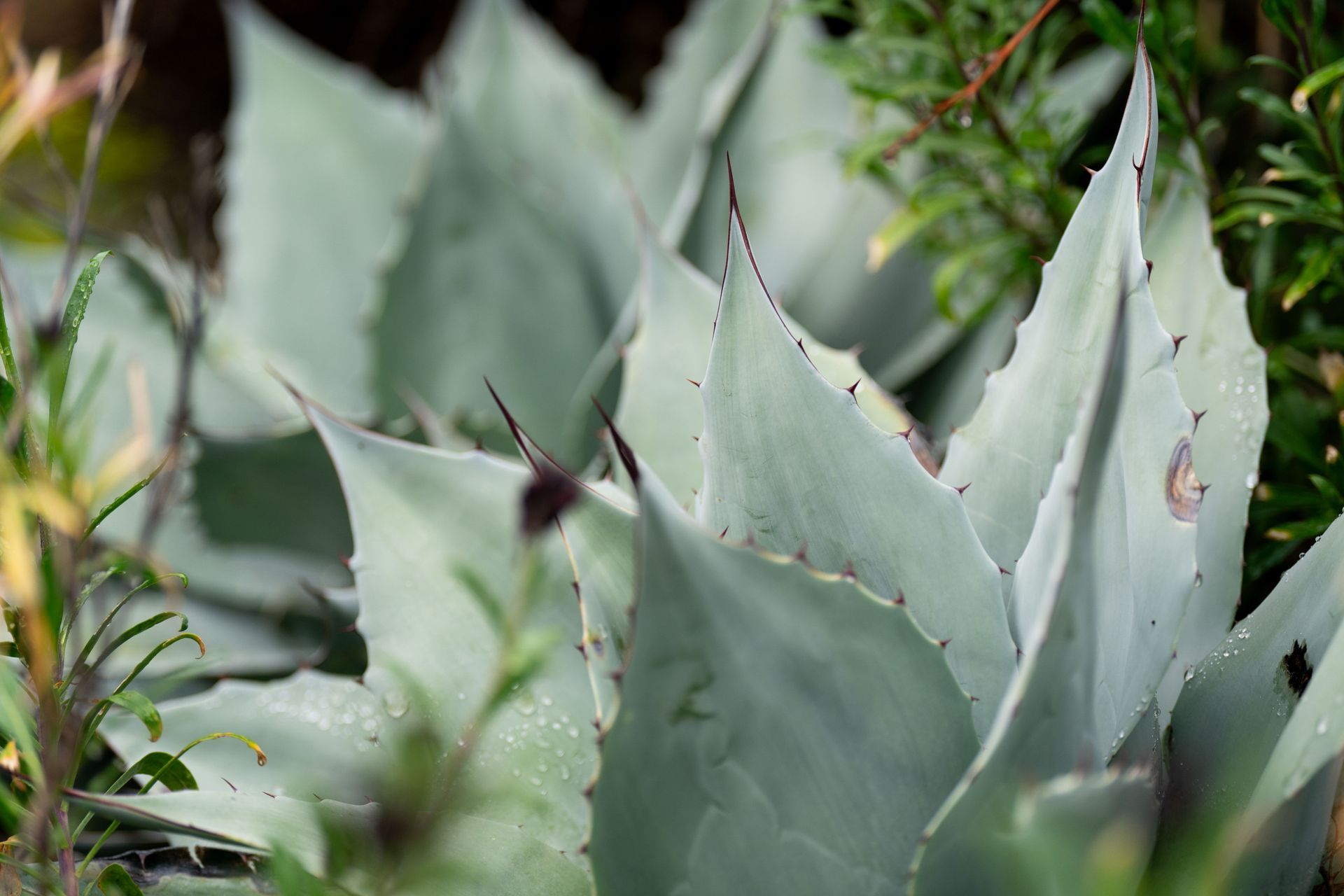
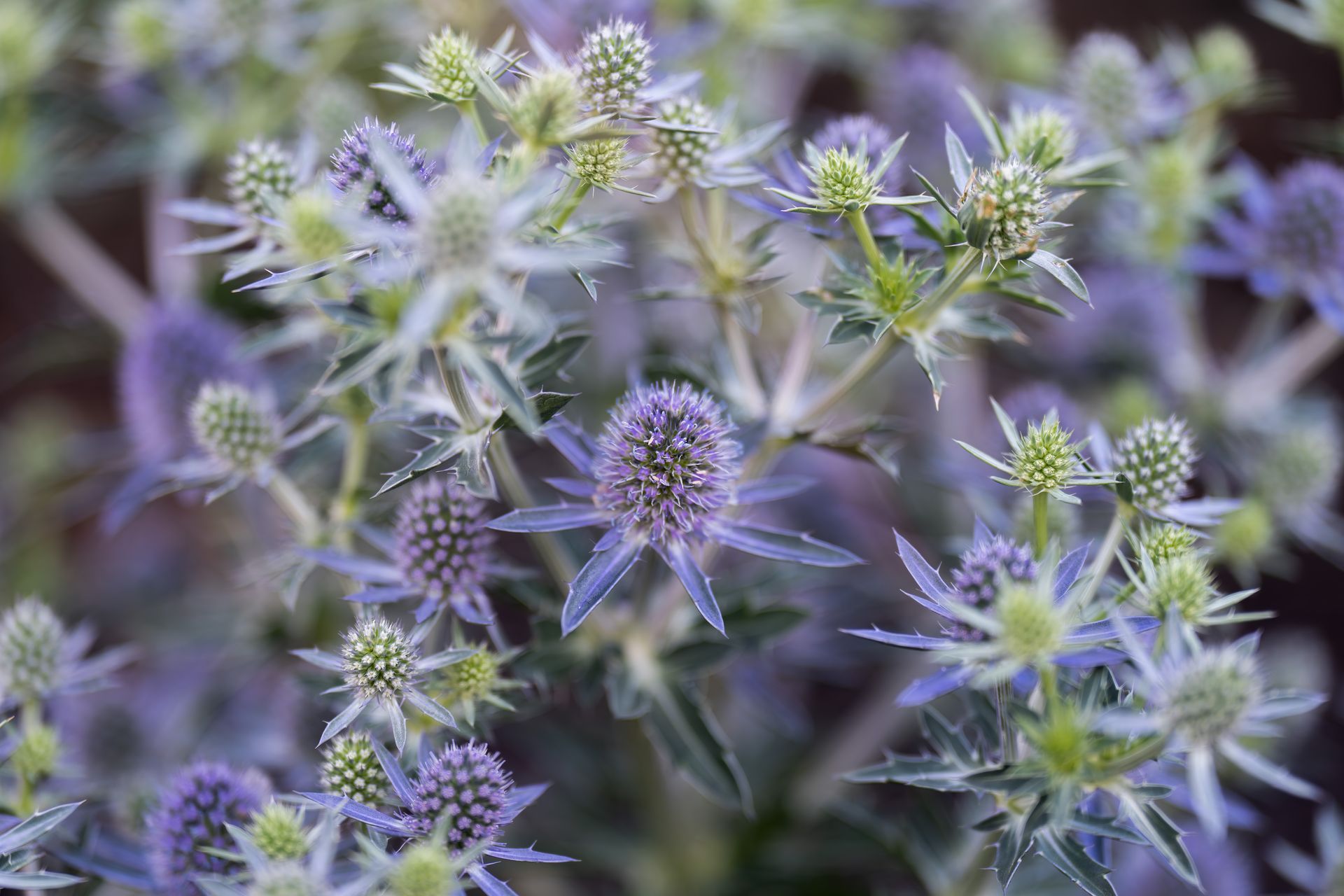
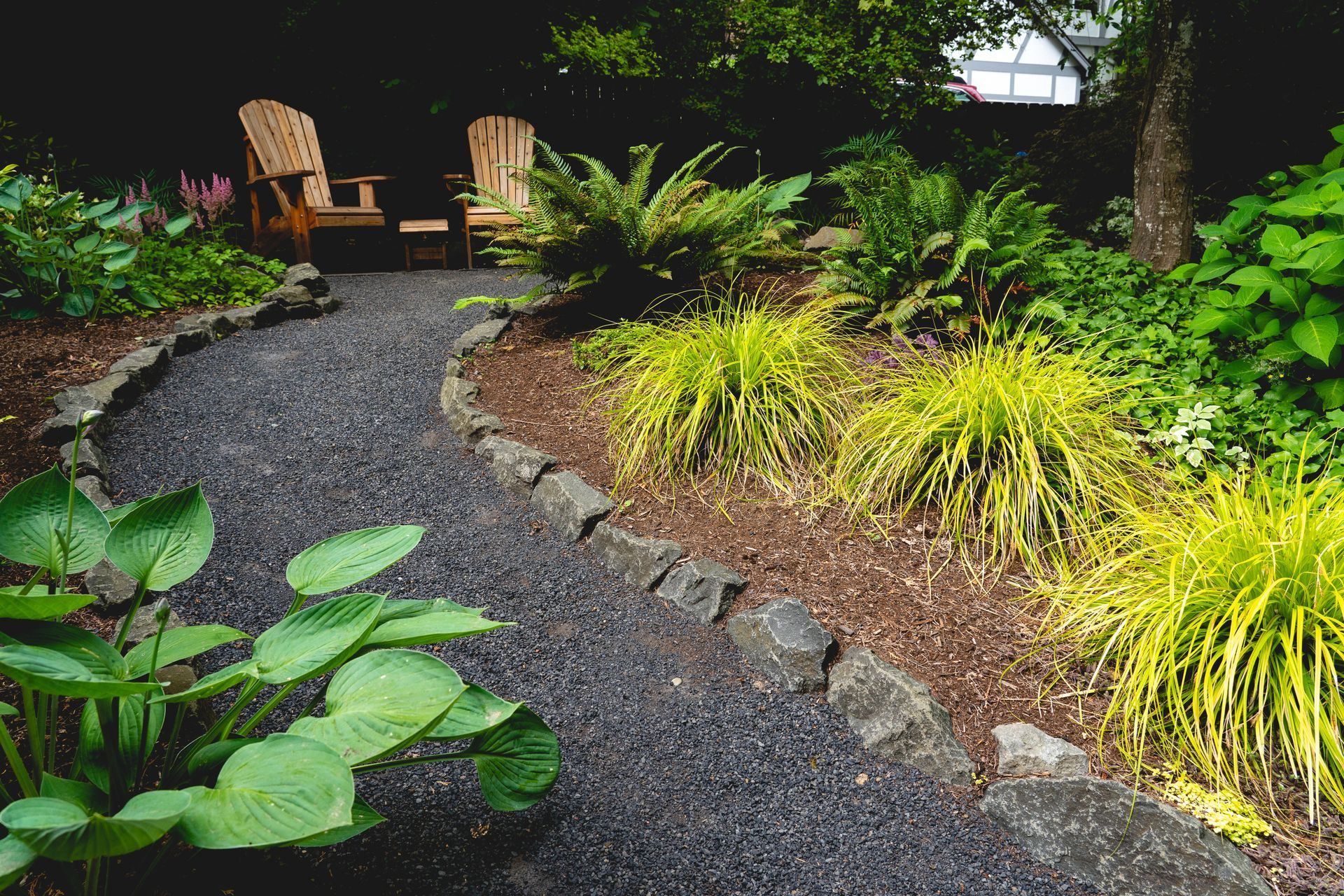
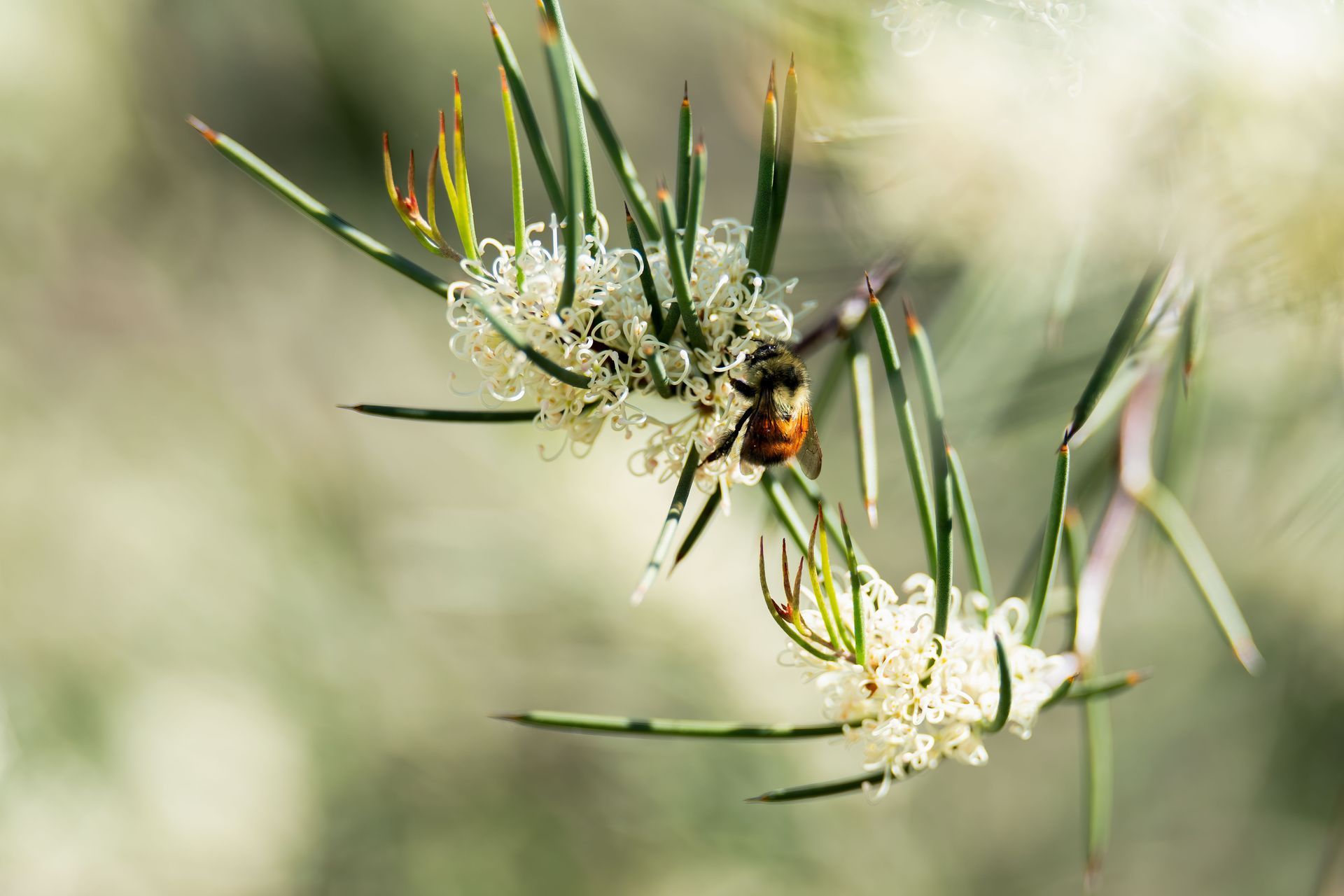
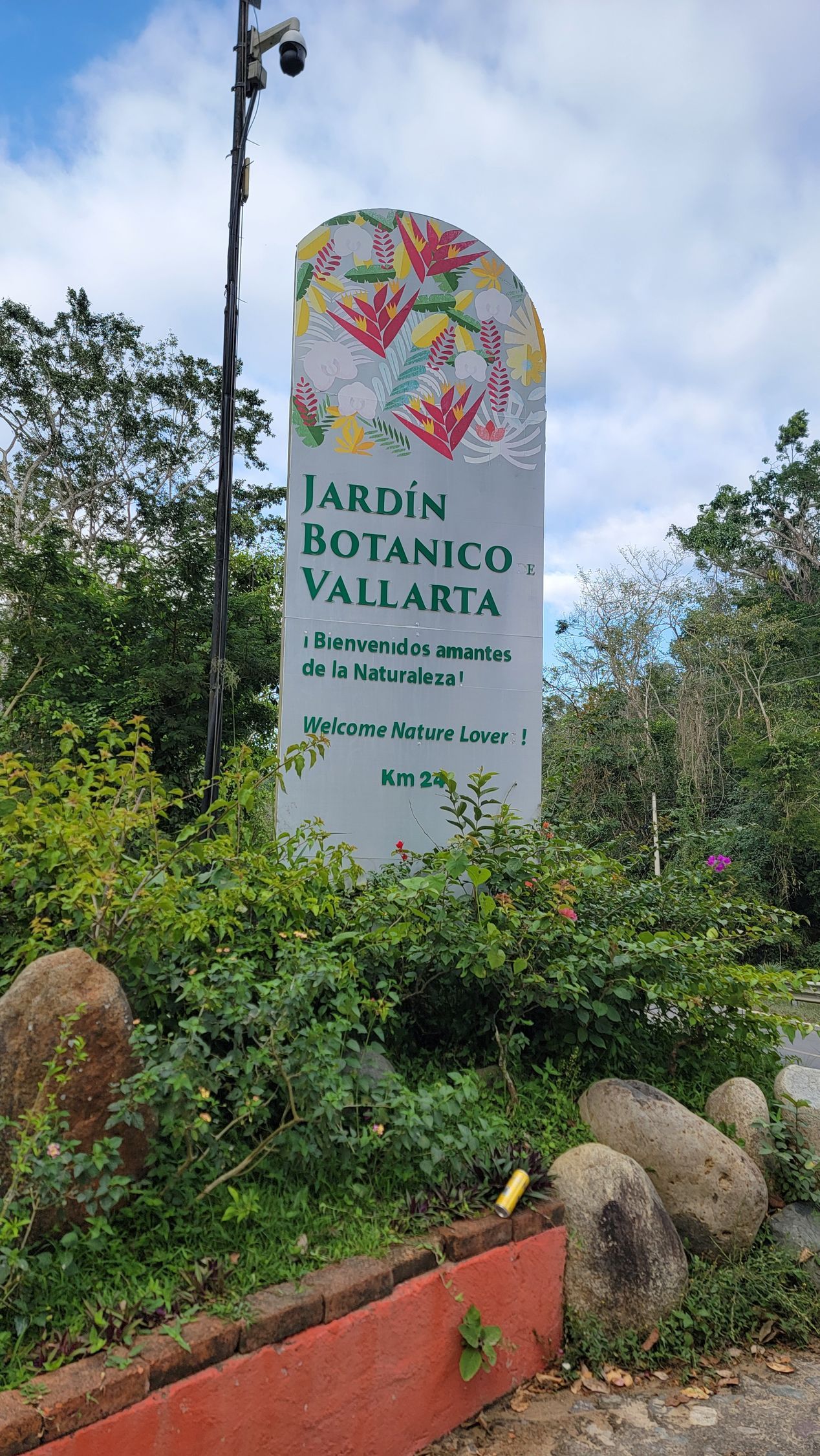
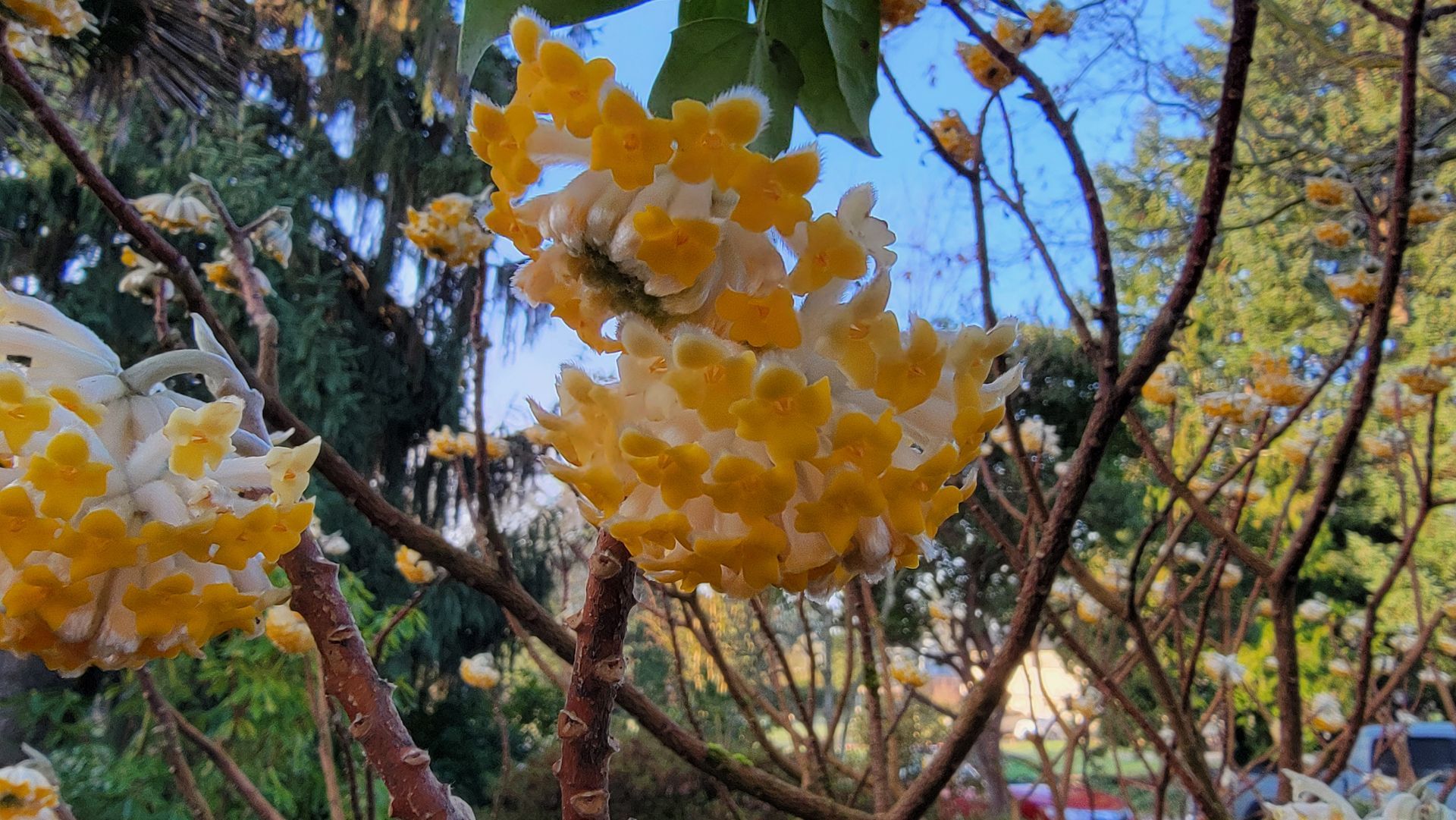

Here in the Pacific Northwest, we get most of our rainfall during the cooler cloudier months of the year (November-March). This means our rain water runs directly into the ground, as compared to other parts of our country, where rainfall occurs during warmer and sunnier months. This means less rain falls on the ground, because a lot of it is absorbed into the warmer dryer air, or caught on foliage.
Historically, much of the ground in the Northwest was covered by forest or grass. In both cases the soil was honeycombed with roots and holes made by moles, gophers, and other miniature creatures like earthworms. Up to three inches of naturally accumulated soil surface mulch caught and absorbed the moisture like a sponge and slowly released it over time into the soil. The foliage in the trees also absorbed a great deal of moisture, which then evaporated or slowly dripped down onto the ground.
Grass land eco-systems worked in a similar manner. Rotted grass roots and foliage absorbed and stored the rain water and released it slowly during dry season.
This natural moisture storage system worked until we started building lots of houses.
When a house is built, heavy equipment is used to excavate and to move all of the builder’s materials around the site. The holes in the soil, which used to act as conduits for the water running through the property, are suddenly squished by tires and feet and can no longer carry the water. The soil now resembles modeling clay or Pay Doh. Consequently, the water just sits on the surface of the soil. When there is just a little bit of additional rain water, it runs over the ground and is not absorbed.
Also, new house foundations and footings act as vertical dams for the surface and subsurface water. The result is the original rainy season water channeling system, which moved the heavy winter rain water through the ground, now is permanently altered.
Here are three important ways to help rain water flow away from your house:
To restore soil’s original porosity we must invite the earthworms and other small creatures back into the soil to make their holes. Creating a new habitat for them will ultimately attract moles, who eat the worms, and also make nice drainage holes. However, most people do not want to attract moles, as they don’t like the unattractive piles of dirt they leave behind.
We can speed up the process, which on its own might take years or even decades, by incorporating at least three inches of good organic material into the surface of the soil and installing plants which strike roots and penetrate the soil to deeper levels.
Planting also helps decrease erosion. Bare soil erodes during any rainy period and especially so when it has low porosity. This erosion increases as the natural slope of the soil increases. Compost and organic mulch will also slow or halt this erosion. The plants slow down the power and drive or the raindrops and their roots help the rain penetrate into the ground. The mulch absorbs a lot of moisture and also invites earthworms and other small creatures to stay and eat the compost. While they’re there, they also pull the much down into their tiny burrows, helping us still more.









Oregon landscape business license: #6111